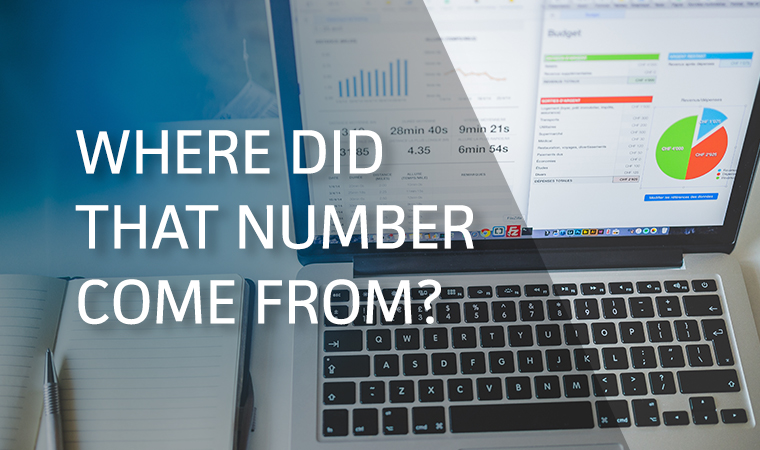
We are living in the era of “fake news.” Every study and every data point is up for debate. The media isn’t just reporting on data anymore—in many cases it is offering original analysis, ushering in a new era of data journalism. In the last four years, online outlets such as FiveThirtyEight and columns like The Upshot in The New York Times have put the work of data journalists front and center.
Data Journalism and Data Public Relations
The Associated Press recently added a chapter on data journalism in its 2017 Stylebook as guidance for journalists in acquiring, evaluating, reproducing and reporting on data. This guidance isn’t just for journalists.
As public relations professionals, it is imperative that we understand data from clients or that we provide to our clients will not simply be taken at face value every time.
I’ve written several press releases regarding original research and surveys in my career, and it is one of the more daunting writing tasks I’ve faced. The challenge lies not in understanding every factor in the research or reading binders full of cross tabs. It lies within you as a PR professional to not just explain the numbers, but how the research was conducted and funded.
Transparency in Numbers
We want to generate earned coverage for our clients, but to present data in the most transparent way possible, we must let the numbers tell the story.
That can mean letting your inner cheerleader take a break for a bit and write what the data says, not what it means. Spokespeople, such as the researchers themselves and in many cases, data journalists, will expand on the conclusions and meaning of the data.
Pick three of the strongest data points to highlight in your release with analysis from an authorized spokesperson or the researchers, and offer the full study results to media. Be sure to include the survey methodology in your release, either within the body of the text or as an editor’s note.
Addressing Bias
There is a justifiable level of skepticism from reporters when a company or organization releases data that supports its mission or viewpoint. It is not uncommon to release research funded by an industry or company, but disclosing any financial interest up front will help reporters in evaluating your data.
This may pose a risk in the research being dismissed as biased, but one should consider the story of Coca-Cola and the research group Global Energy Balance Network. In 2015, the New York Times disclosed the soft drink giant was funding a scientific research group whose work had downplayed the role soda consumption plays in obesity. The report found Global Energy Balance Network failed to disclose it’s financial relationship with Coca-Cola on its website.
Our need to consume and analyze data is not going away anytime soon. Public relations professionals need to develop the same critical thinking and analytical skills data journalists use. With these skills in hand, you can put the data to use in crafting materials that enhance your standing as a reputable source of information.